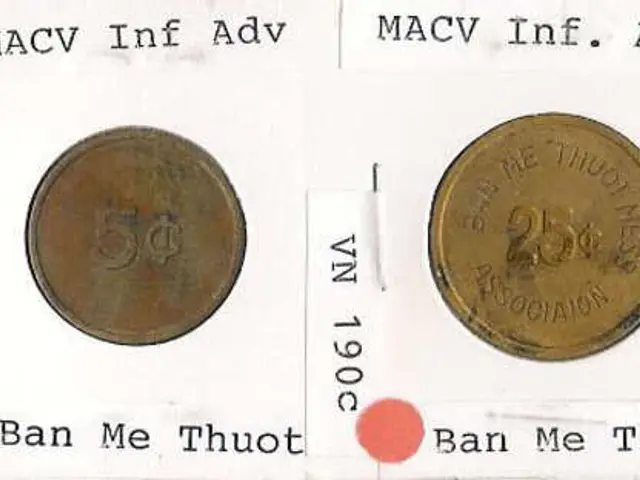Unveiled a previously concealed realm
In the vast expanse of the cosmos, a celestial body, provisionally named "Planet Y," is suspected to be hiding at the edge of our solar system. This intriguing discovery has sparked excitement among astronomers and space enthusiasts alike, as it could potentially reshape our understanding of the solar system.
The existence of Planet Y is suggested by small deviations in the dance of celestial bodies, particularly in the Kuiper Belt. These deviations cause some icy chunks in the Kuiper Belt to tilt slightly out of the plane in which most planets orbit. A new statistical method and complex simulations have estimated the probability of a pure coincidence of these deviations to be only two to four percent, lending credence to the hypothesis.
Planet Y, if it exists, is not as far away as the suspected "super-Earth" known as Planet 9, but it is also not as close as Pluto. Its estimated mass is between Mercury and Earth, making it a significant addition to our solar system. The search for this hypothetical planet involves researchers from prestigious institutions such as Princeton University and the Institute for Advanced Study.
The Vera C. Rubin Observatory, set to begin a systematic sky survey in the coming years, is also planned to aid in confirming the existence of Planet Y. The observatory's camera will repeatedly scan the entire sky, potentially discovering thousands of new Kuiper belt objects. If Planet Y becomes visible during the survey's first few years, it could mark a major breakthrough in astronomy.
The discovery of Pluto in 1930 was a serendipitous find during a similar search. Speculations about hidden planets have existed for decades, with early searches focusing on a "Planet X" orbiting far from the sun. The hypothesis of Planet Y and Planet 9 do not contradict each other, as Planet 9 is supposed to orbit far out, at least 300 Astronomical Units (AU) from the Sun.
Dominik Hochwarth, the editor at VDI Verlag who wrote this article, has a background in studying, online editing, and web editing for internet agencies and online shops. The VDI Verlag is the publication where this article was contributed. The discovery of Planet Y, if confirmed, could mark a significant milestone in our understanding of the solar system, adding another fascinating piece to the cosmic puzzle.
New evidence continues to emerge, indicating that our understanding of the solar system may still be incomplete. As we peer deeper into the cosmos, who knows what other secrets await us? The search for Planet Y is a testament to our unquenchable curiosity and our relentless pursuit of knowledge.
Read also:
- Peptide YY (PYY): Exploring its Role in Appetite Suppression, Intestinal Health, and Cognitive Links
- Toddler Health: Rotavirus Signs, Origins, and Potential Complications
- Digestive issues and heart discomfort: Root causes and associated health conditions
- House Infernos: Deadly Hazards Surpassing the Flames








